I’m a Personal Trainer — These Are the 5 Best Exercises You Can Do for Shin Splints
Shin splints may be common, but these moves can help alleviate the pain
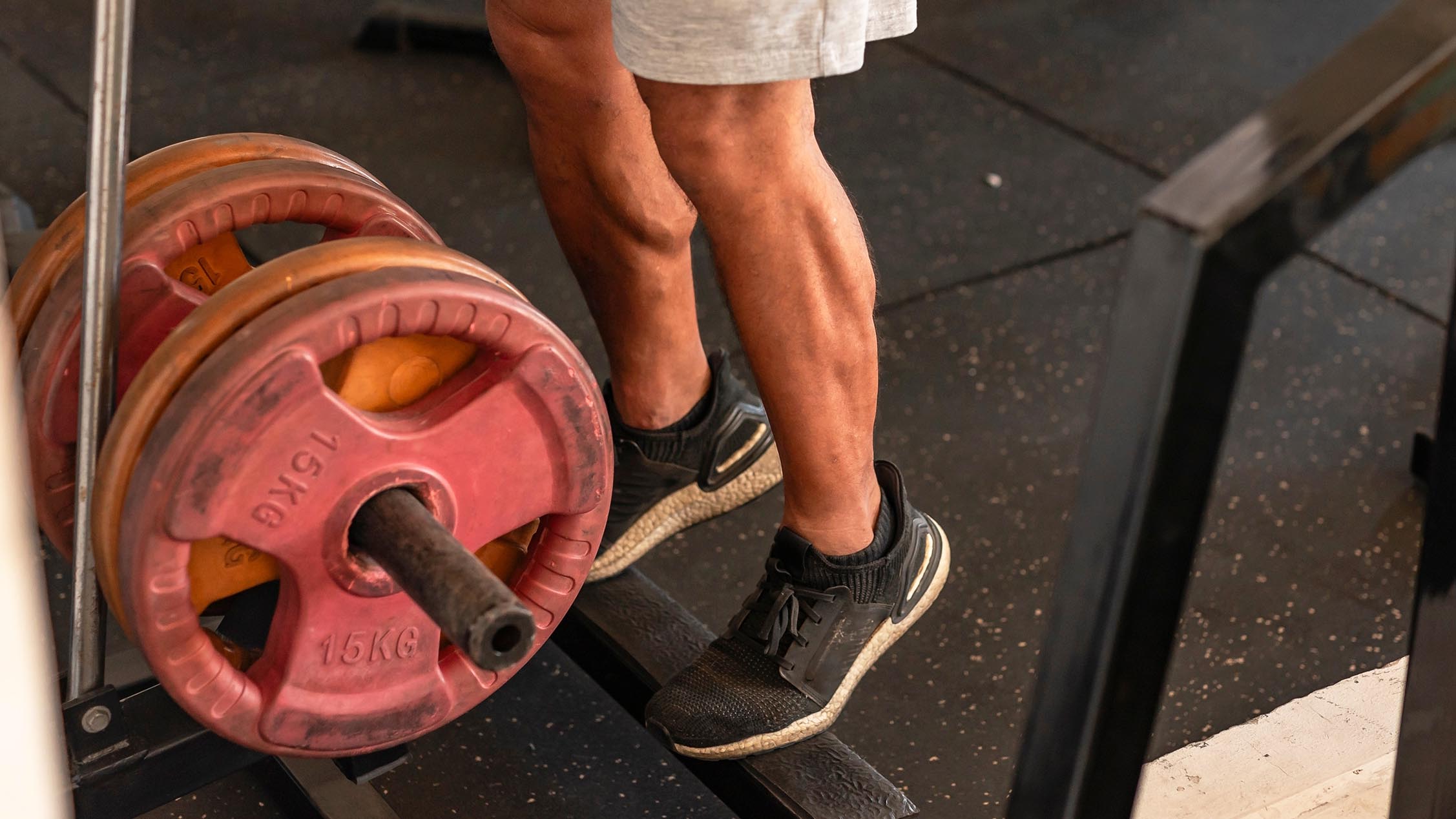
If you love to pound the pavement and never miss a HIIT class, chances are you’ve had a run-in with shin splints.
Also known as medial tibial stress syndrome, shin splints occur when overtraining, repetitive movement, or even ill-fitting footwear causes inflammation in the muscles and connective tissue around your shins. It’s a condition that’s seen frequently in runners, dancers, or athletes who engage in high-impact activity, and according to The Cleveland Clinic, it can result in stress fractures if left untreated.
Not only have I seen shin splints derail a few of my clients, but I’ve also dealt with them myself. Keeping your training appropriately consistent and progressive is key, but I also recommend these five exercises to improve shin splint pain and prevent recurrence. Pull out a pair of dumbbells and a resistance band and give them a try.
How to do the 5-exercise shin splint routine
You’ll also need a step or elevated surface, a yoga mat, and a section of bare wall for this workout. Be sure to clear any new activity with your doctor, and consider meeting with a certified personal trainer to learn proper exercise form.
The exercises are
1. Calf raises
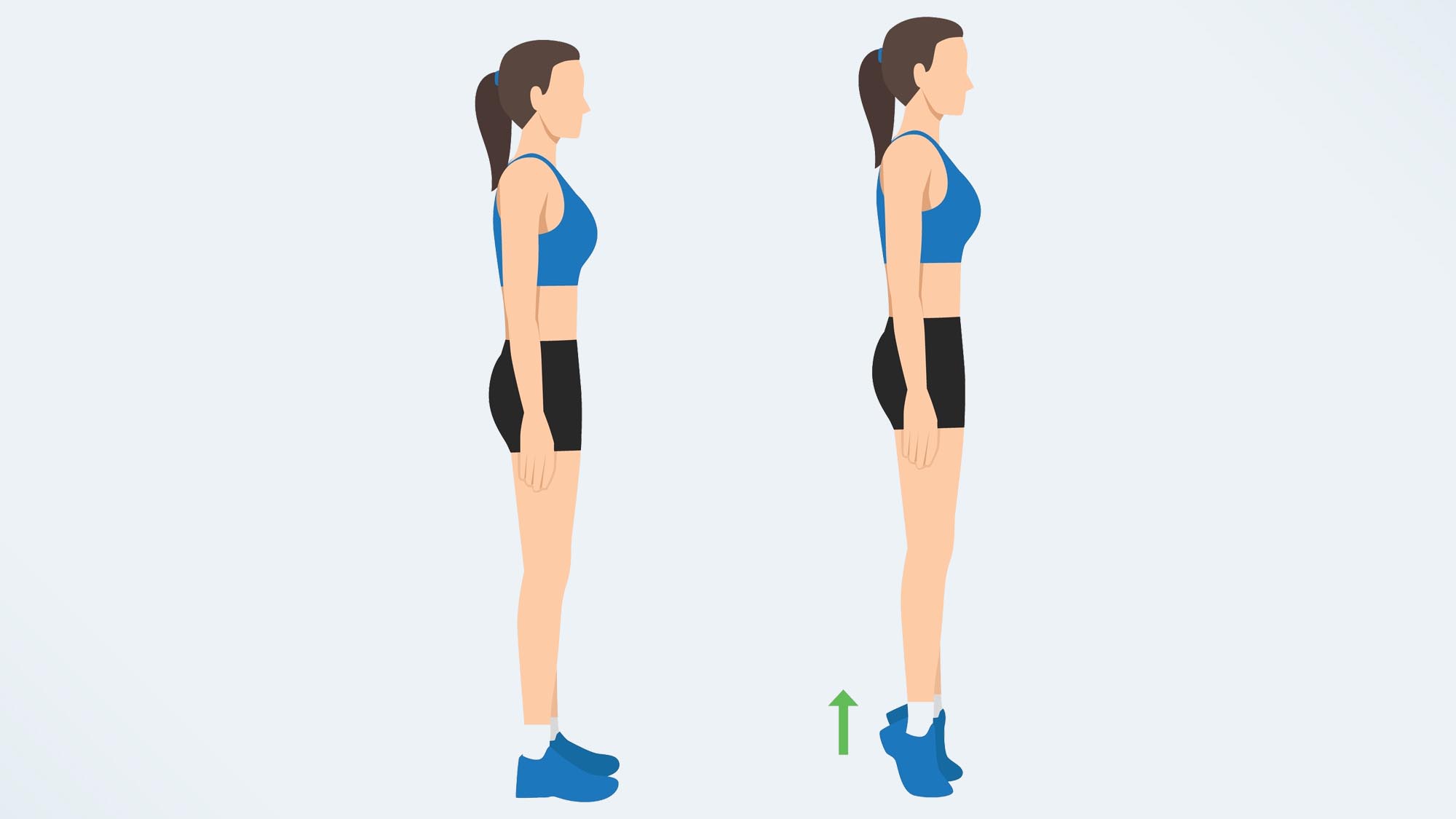
- Stand tall with your feet together.
- Engage your core. Keep your spine neutral.
- Lift your heels off the ground and rise onto your toes.
- Hold for a few seconds.
- Lower your heels back down to the ground with control.
- Continue for 15 reps.
2. Banded hydrants
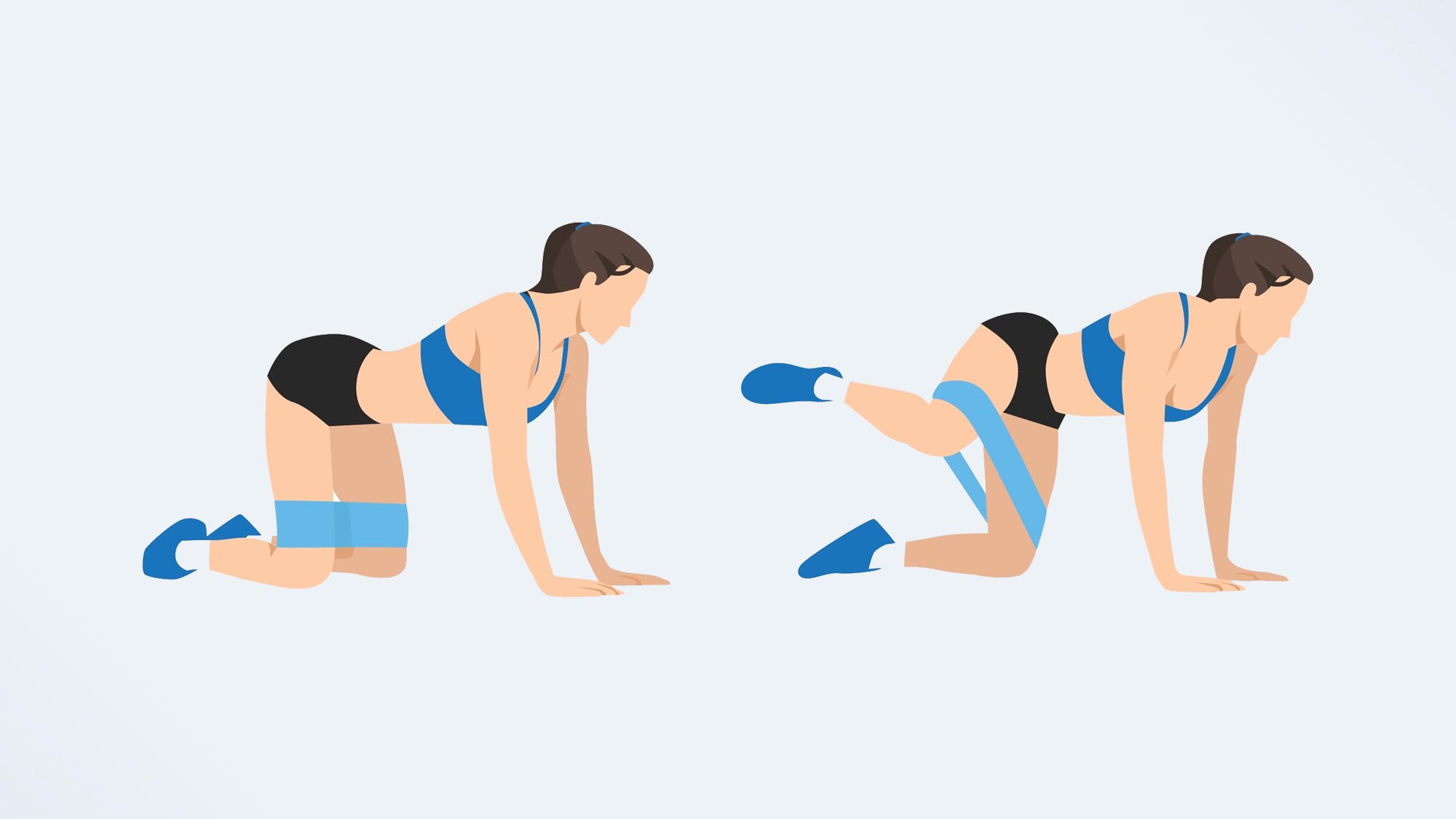
- Place a looped resistance band around your upper thighs.
- Come to all fours on the mat.
- Engage your core and keep your spine neutral, avoiding any excessive arching in the lower back.
- Lift your left knee to the side, bringing your inner thigh parallel to the floor.
- Hold for a few seconds.
- Lower your left knee back to the starting position.
- Continue for 15 reps, then repeat on the right side.
3. Single-leg deadlifts
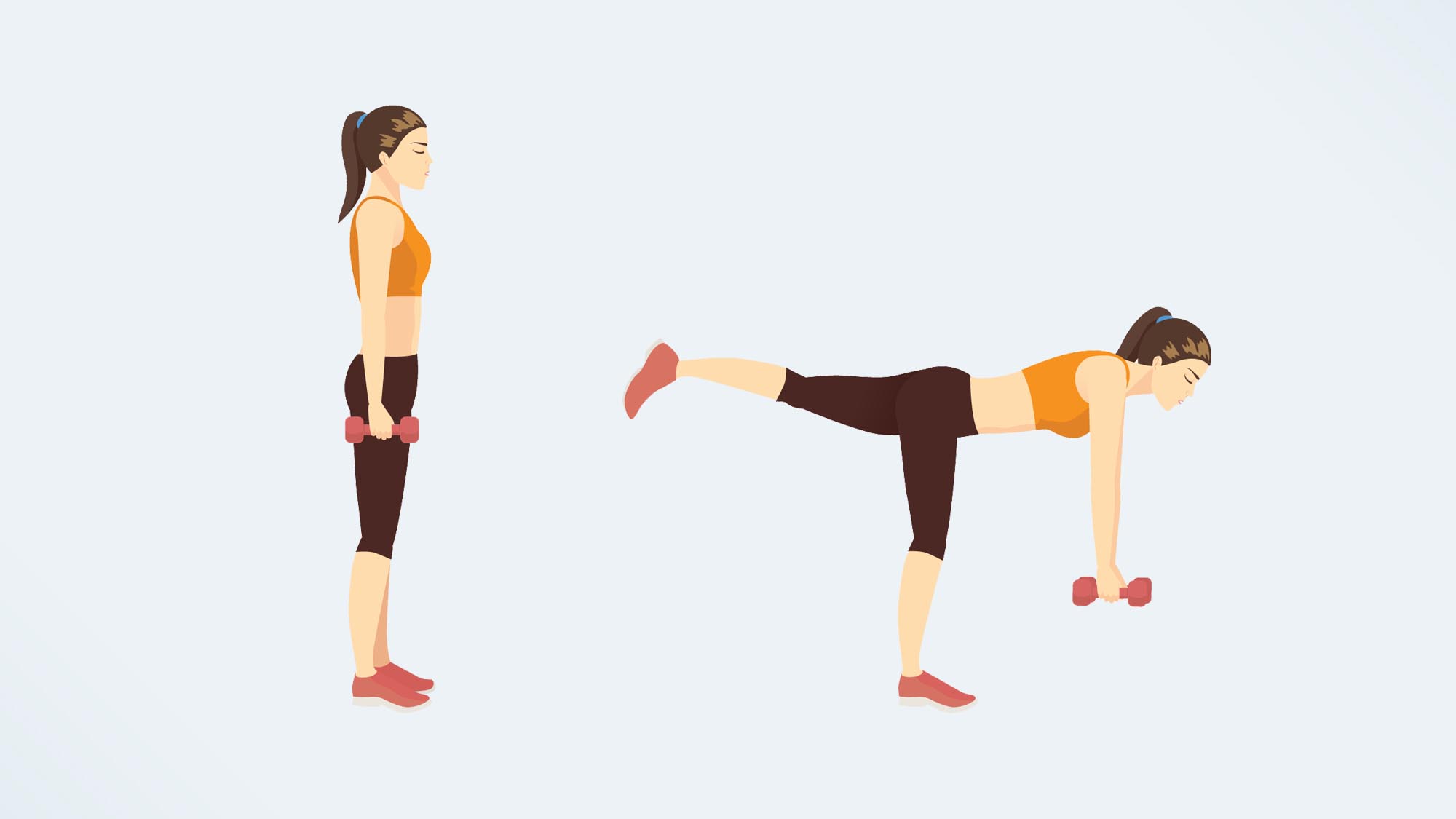
- Stand tall with your feet hip-width apart and a moderately-heavy dumbbell in your right hand.
- Engage your core muscles and keep your spine neutral.
- Bend your left knee slightly.
- Lift your right leg behind you, dropping the weight towards the floor.
- Keep your hips square to the floor – don’t allow your hips or torso to shift to the right.
- Once you’ve reached the end of your range, squeeze your left glute and return to the starting position.
- Continue for 15 reps, then repeat on the other side.
- If balance is an issue, try the exercise by a wall or another solid surface and stabilize yourself with your free hand. You can make this exercise more challenging by holding a dumbbell in each hand.
4. Step ups
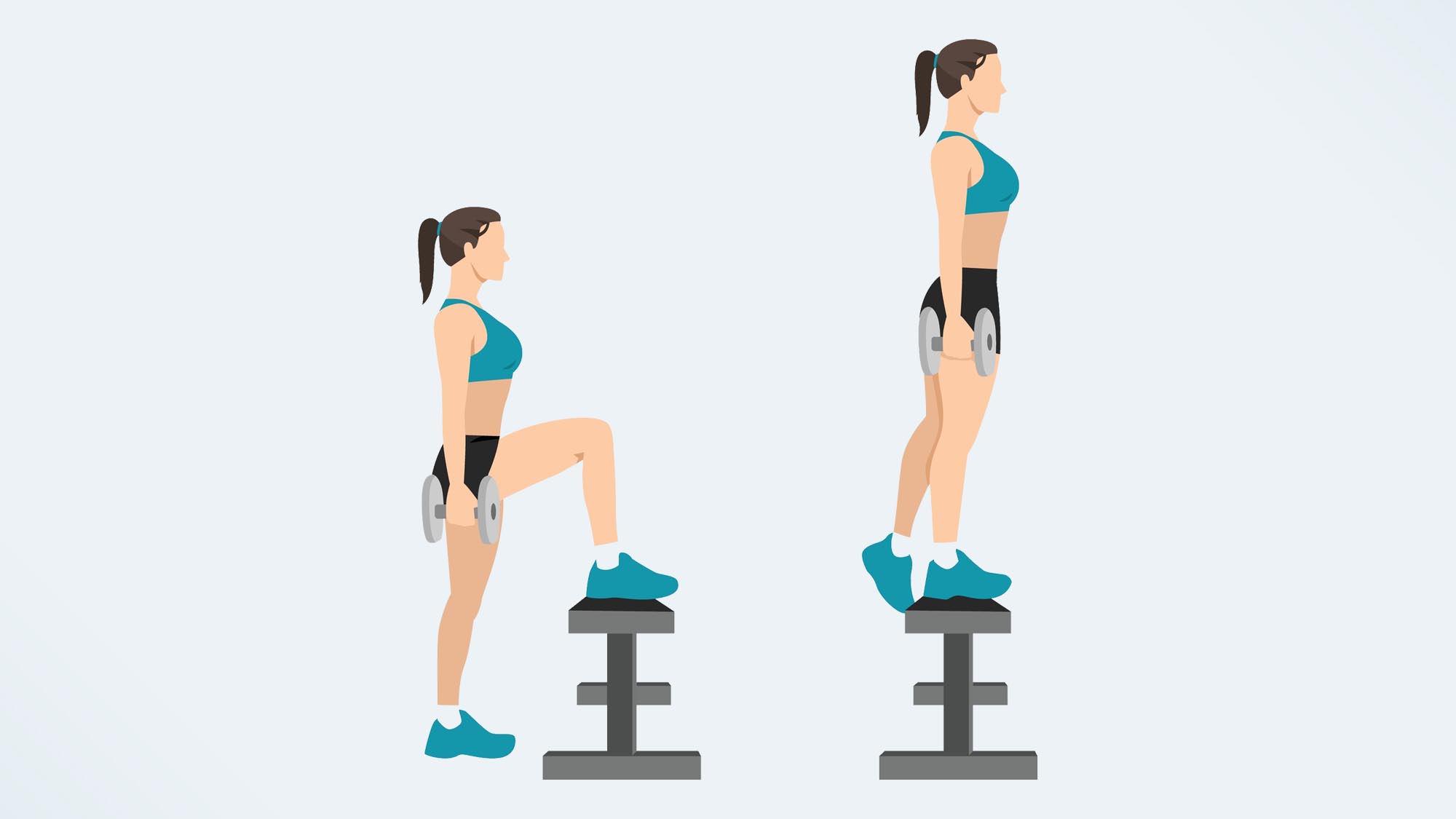
- Stand tall with your feet hip-width apart.
- Engage your core. Keep your spine neutral.
- Place your right foot on the step.
- Press your weight into your right foot, squeeze your right glute, and step up onto the step with your left foot.
- Lower your left foot back down onto the ground with control.
- Continue for 15 reps, then repeat on the other side.
- If balance is an issue, place your step next to a wall for additional support. Make this exercise more challenging by holding dumbbells.
5. Wall sits
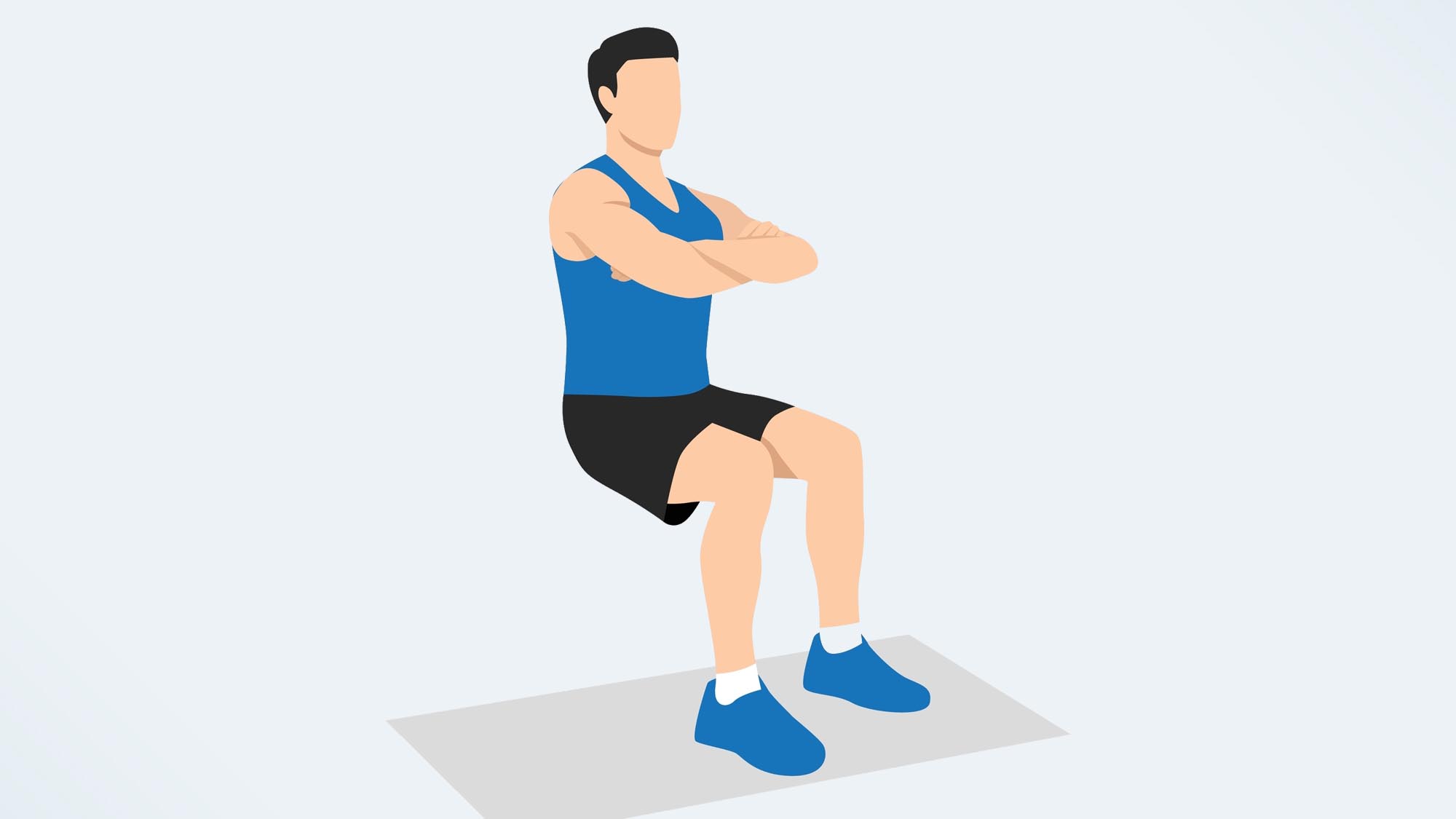
- Stand in front of a wall with your feet hip-width apart.
- Engage your core and keep your spine neutral.
- Lean back against the wall and walk your feet forward.
- Slide down the wall until your upper thighs are parallel to the floor.
- Hold in this position for 15-30 seconds.
Benefits of this shin splints workout
All of the exercises in this workout address strength, stability, and endurance in the muscles that facilitate lower-body movement.
Calf raises strengthen the gastrocnemius and soleus muscles, which can reduce excessive impact on the ankle joint and tibia (or shinbone).
Get instant access to breaking news, the hottest reviews, great deals and helpful tips.
Banded hydrants and single-leg deadlifts strengthen the core, hips, and glutes — muscles that help stabilize and support the pelvis when walking and running. This leads to more efficient stride patterns and reduces any excessive force on the lower part of your leg.
Step-ups and wall sits strengthen your quads and hamstrings, conditioning them to absorb shock from high-impact activities and to better stabilize the thigh and shin during movement.
More from Tom's Guide
- Skipped leg day? This 20-minute stair workout blasts your lower body, and works on your cardiovascular fitness
- Forget stairclimbers — this 5-move staircase workout sculpts full-body muscle
- You just need 5 exercises and a staircase to strengthen your legs and core — and it only takes 30 minutes

Jennifer Rizzuto is a freelance writer and certified personal trainer based in Long Island, NY. She covers various fitness-related topics and reviews for Tom's Guide. She also writes sketch comedy and short films, and performs frequently as an actor, singer, and improviser. When she's not writing, working out, or performing, you'll find her trying to convince her husband to get a dog.
You must confirm your public display name before commenting
Please logout and then login again, you will then be prompted to enter your display name.
